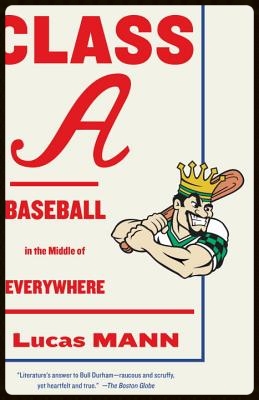By Linda Prather
“Who is the crafted person on the page? Is that person as well-rounded as the narrator? What is the intention of this piece?” Rachel Louise Snyder asked fellow writers last week during the second installment of George Mason University’s Visiting Writers’ spring workshop. Snyder, a recently tenured professor of Literature at American University, focused on the craft of the personal narrative and crucial concepts for memoir writing, specifically dual narration and intention, during her April 16 workshop.
Source: American University Faculty Pages
Snyder, who also works as journalist and has traveled extensively, often explores themes such as struggle, survival and social justice in her writing. She writes both fiction and nonfiction and is the author of two books, What We’ve Lost is Nothing (Scribner 2014) and Fugitive Denim: A Moving Story of People and Pants in the Borderless World of Global Trade (W. W. Norton 2009). With regard to structure, Snyder says, fiction and nonfiction can develop quite differently. According to Snyder, fiction lends itself more to discovering the structure of a piece as evolves, whereas with nonfiction, it's important for writers to have some general idea of structure before embarking on the composition process.
Snyder draws her lessons in craft from a variety of sources, including author and poet, Grace Paley, who often doesn’t quite bring her stories full circle. By veering off course near the end, Snyder says, Paley’s stories are both surprising and memorable. During her workshop, Snyder also shared a “fill-in-the-blank” mantra for writing nonfiction—the thing about (subject) is (what)?—which she learned from fellow journalist and This American Life host, Ira Glass. If you can’t succinctly fill in the blanks then you don’t have your story clear enough in your mind, Snyder said, adding that the best nonfiction essays present an essential question with which the writer is grappling and that answering it is often beside the point.
Snyder's more informal lesson took place in my car, as I navigated rush hour traffic, heading north on Chain Bridge Road. We were on our way to dinner at Dolce Vita in Fairfax when the conversation turned to the query letter and how a writer gets her nonfiction placed in such prestigious literary publications as The New York Times and The New Yorker, both of which have featured Snyder’s work. Here’s the formula that Snyder shared for shaping the ideal query letter:
- Paragraph 1: Write a brief narrative illuminating the issue that you plan to explore.
- Paragraph 2: Explain why it matters. Why tell this story at this moment?
- Paragraph 3: What are experts saying about this topic? Are there statistics you can site? Who will you interview?
- Paragraph 4: Why are you the best person to tell this story?
Herein lies the real value of the Visiting Writers program, as highlighted by Snyder’s impromptu lesson: the opportunity to chat informally with published authors outside of the classroom, to gain insight from an established author that students can then apply to their own writing lives. Now, for that query letter...
Linda Prather is a nonfiction candidate in George Mason University's Creative Writing MFA Program and is slated to finish her masters in the spring of 2016. She has lived in Northern Virginia for the last eight years.















